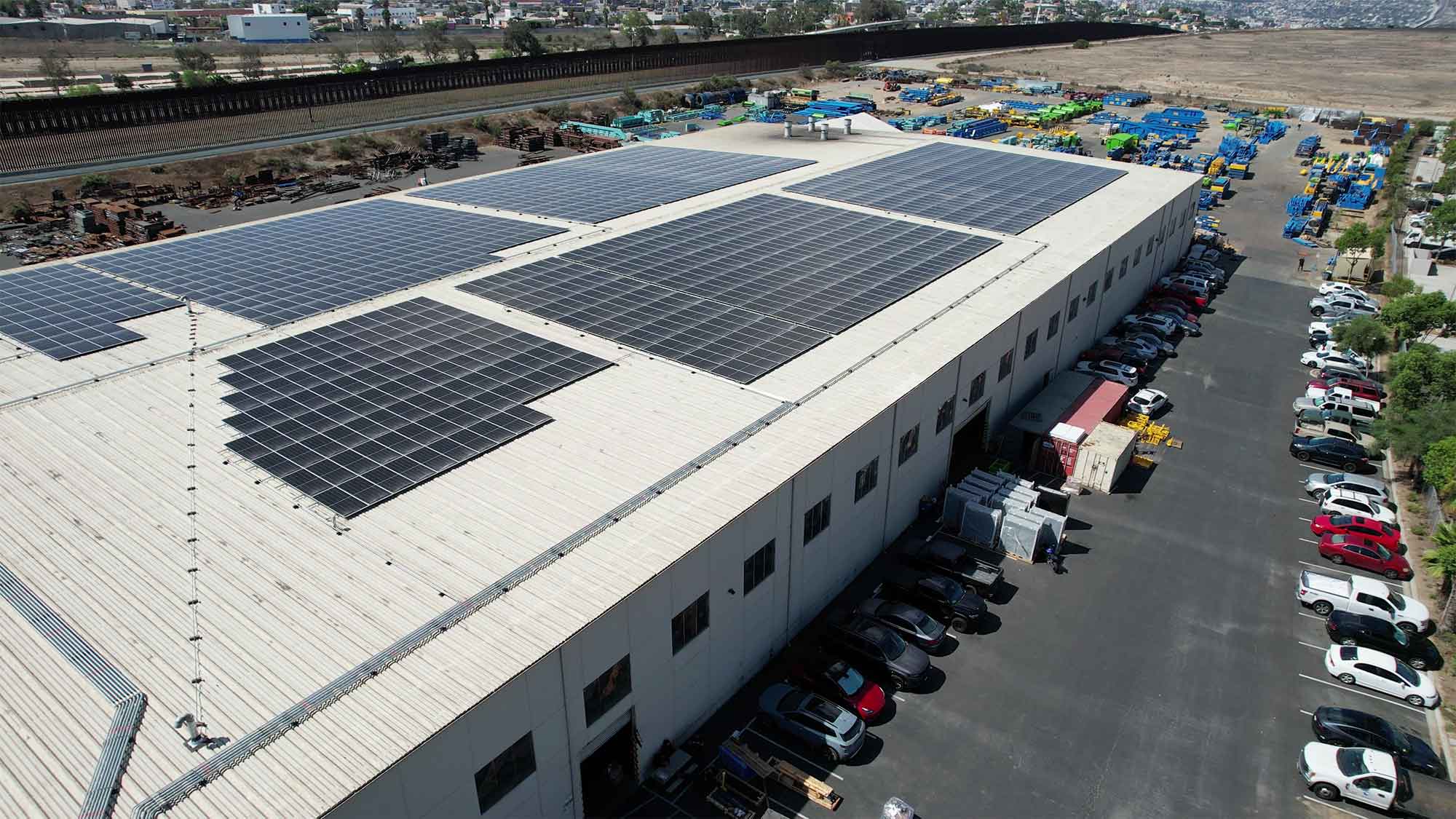HOLT Renewables Constructing 4.95 MW for Toyota North America
Plano, TX (Aug. 11, 2020) – Toyota is adding 10.8 acres of new solar arrays across the company’s plants in Alabama, Missouri and West Virginia, reducing its reliance on outside energy needed for operations. The solar arrays will offset 6,480,000 kWh energy – the equivalent of powering nearly 800 homes per year.
Toyota’s $9.3 million solar investment will generate 4.95 megawatts of energy and reduce CO2 emissions at the plants by 4,304 metric tons annually.
“Toyota continuously looks for new ways to reduce water usage, recycle materials and conserve energy, and we are proud to add solar panels to our line-up of best practices,” said Kevin Bell, TMNA Energy Manager. “We are committed to setting an example of sustainability to show how a company can significantly reduce the environmental impact of its operations.”
The new solar arrays join similar projects at Toyota plants in Texas and Mississippi, all of which support the company’s global Environmental Challenge 2050 to eliminate all carbon emissions from manufacturing by the middle of the century. Toyota Motor Corporation issued the Challenge as a set of six goals with a target of achieving beyond zero environmental impact. Toyota is one of the top 20 corporate users of installed onsite solar capacity in the U.S., according to the Solar Energy Industries Association.
Alabama: Toyota Motor Manufacturing Alabama (TMMAL)
The Huntsville engine plant’s 3.3-acre solar array will be the largest constructed to date in Madison County, Alabama. The $2.7 million investment will generate 1.6 megawatts of solar-generated energy and reduce CO2 emissions at the plant by 1,732 metric tons annually. The project is expected to be complete by December 2020.
Since starting production in 2003, the engine plant has expanded five times with a total of $1.2 billion invested. 1,400 team members currently build approximately 2,500 engines per day that go into 1/3 of Toyota vehicles produced in North America, making it one of the largest Toyota engine plants globally.
Missouri: Toyota Motor Manufacturing, Missouri (TMMMO)
The solar array at Toyota’s unit plant in Troy, Mo. will span 1.5 acres and generate 0.75 megawatts of solar-generated energy. The project will be the largest solar array in Lincoln County, Missouri. The $1.7 million investment will reduce CO2 emissions at the plant by 750 metric tons annually. The project is expected to be complete in January 2021.
TMMMO team members produce cylinder heads for every Toyota vehicle built in North America. The plant started production in 1991 and has grown to over 900 employees with $455 million invested.
West Virginia: Toyota Motor Manufacturing, West Virginia (TMMWV)
Toyota’s engine and transmission plant in Buffalo, W. Va. will be the largest solar array in the state. The array will span 6 acres and generate 2.6 megawatts of solar-generated energy. The $4.9 million investment will reduce CO2 emissions at the plant by 1,822 metric tons annually. The project is expected to be complete in March 2021.
Established in 1996, TMMWV manufactures nearly one million engines and transmissions for the Toyota Avalon, Camry, Corolla, Highlander, Rav4, and Lexus ES and RX350. Additionally, in June 2020 TMMWV became the first Toyota facility in North America to begin producing hybrid transaxles, which are built for the Highlander and Sienna.

City of Colfax Partners with HOLT Renewables to Power Wastewater Facility with 481 kW Ground‑Mount Solar System
Colfax, CA – October 28, 2025 – HOLT Renewables is pleased to announce the successful completion of a 481 kW DC ground‑mount solar installation at the City of Colfax’s Wastewater Treatment Facility. This solar asset will deliver long‑term savings, resilience, and clean energy benefits to the city’s infrastructure. In its first year, the system is projected […]

CP Group Completes a 1.07 MW Rooftop Solar Project in San Diego with HOLT Renewables
San Diego, CA – September 18, 2025 – CP Group (CPG), a leader in custom recycling facilities and sorting equipment, has completed a 1.07 MW rooftop solar installation by HOLT Renewables, a leader in design-build services for commercial-scale renewable energy infrastructure. The project transforms more than 80,000 square feet of unused roof space at CPG’s […]
